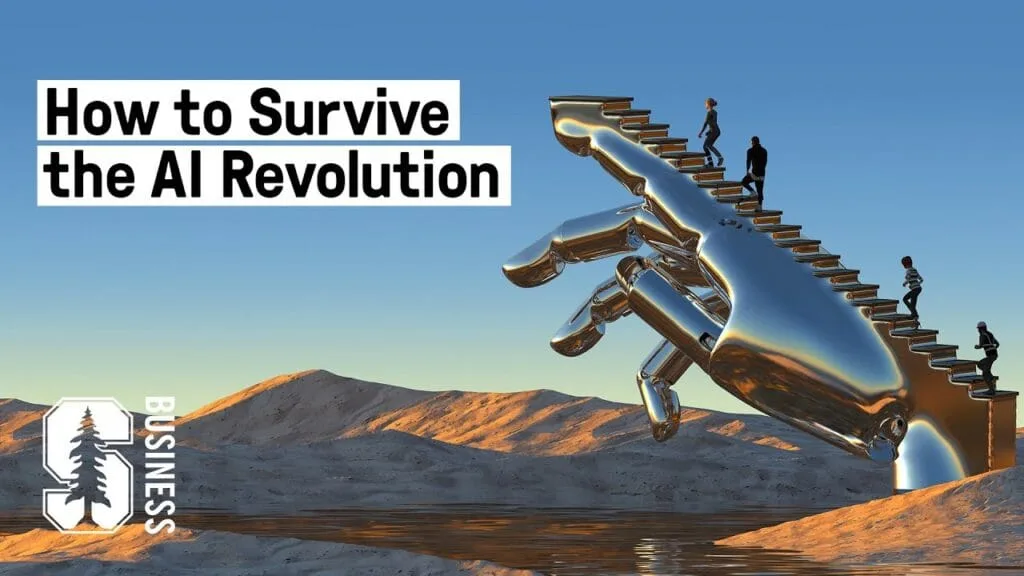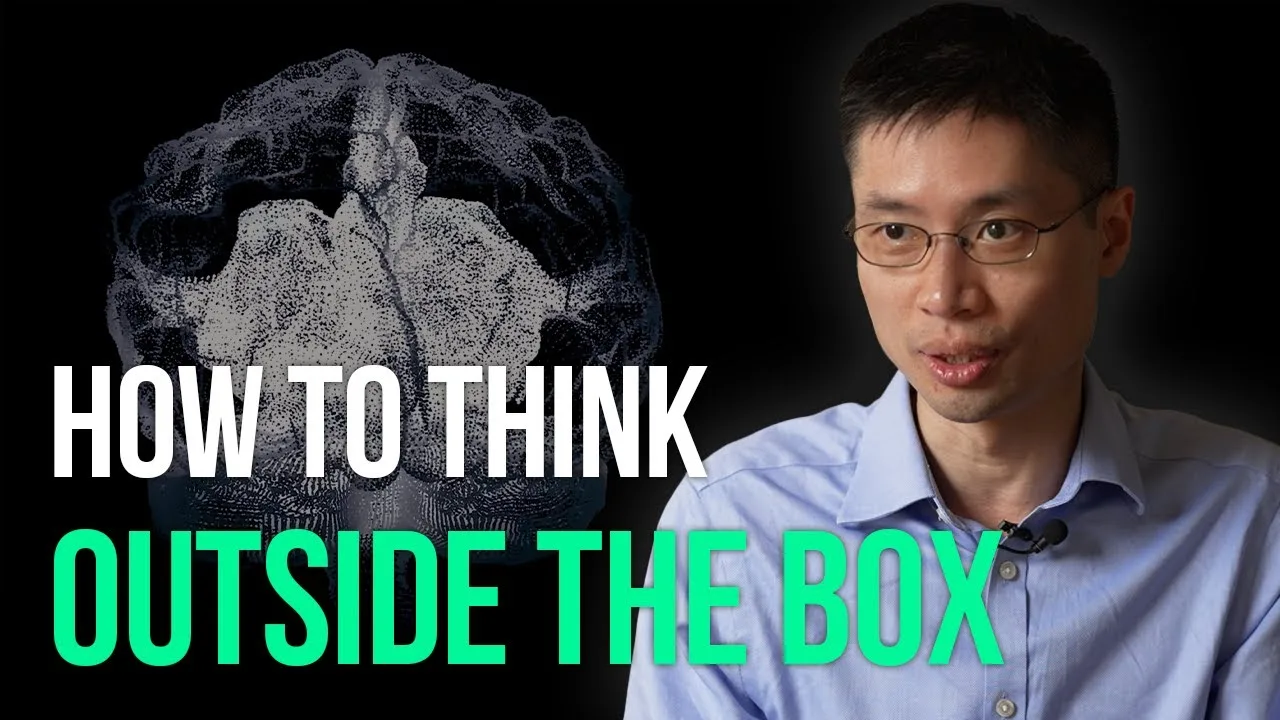Explore how AI is revolutionizing industries by augmenting human capabilities, not replacing them. Learn how AI complements human intelligence and enhances productivity, paving the way for a future where innovation and imagination thrive alongside technology.
The Rise of Augmentative AI: Complementing Rather Than Replacing Humans
In 1950, computing pioneer Alan Turing made a bold prediction. He suggested that within a few decades, computers would convincingly mimic human intelligence. As artificial intelligence (AI) has rapidly evolved over the years, this prediction has sparked both fascination and concern. A significant worry among many people is that machines will go beyond merely imitating humans to making us obsolete. However, there is a growing sentiment—especially among some Stanford Graduate School of Business professors—that too much emphasis has been placed on the idea that algorithms or robots will replace people.
Redefining the Role of AI: Beyond Automation
Automation vs. Augmentation: A Powerful Idea
Using AI to take the place of human intelligence and labor is indeed a powerful idea, but many consider it a very limiting one. While automation—a process where machines handle tasks previously performed by humans—can indeed create benefits and boost profitability, it is not the only application of AI. In fact, there is significant potential in employing AI to complement human abilities, enabling us to do new things that were previously unimaginable.
The Misconception of AI’s Ultimate Goal
One of the central misconceptions about AI is that it exists primarily to replace human jobs. This narrow vision overlooks the broader opportunities for AI as a tool that enhances and augments human capabilities. The potential for augmentative AI is immense, and by focusing it in this direction, we can uncover a plethora of new applications where humans and machines work together to achieve greater outcomes.
The Potential of Augmentative AI
Transforming Healthcare
One illustrative example of augmentative AI in action is in the healthcare sector. Doctors are increasingly using AI tools to sift through vast amounts of medical literature and process paperwork more efficiently. This technological aid frees up medical professionals, allowing them to devote more time to the hands-on work and patient interactions that inspired them to enter the field in the first place. In this sense, AI serves as an enabler, making human jobs faster and more efficient without diminishing the human element critical to healthcare.
A Win-Win Situation
This type of assistive technology is viewed positively by many, as it presents a win-win scenario. Medical professionals are not being replaced; rather, they are supported in a way that amplifies their ability to deliver quality care. By taking over routine and administrative tasks, AI allows healthcare providers to focus on complex, judgment-based activities that truly require a human touch.
The Role of Business and Ethics in AI
Building a Future Where AI Boosts Human Potential
To build a future where AI boosts human potential, it is crucial for business leaders to understand the nuances and risks associated with this technology. The necessary perspective and insights are unlikely to come solely from individuals with technical backgrounds. Instead, it requires a multidisciplinary approach that includes businesspeople, social scientists, ethicists, and policy makers. These diverse fields bring critical insights into how AI can be integrated into society in ways that align with human values and ethical considerations.
Bridging the Gap in Economics and Business
According to Brittany Olfson, there is a current “Gold Rush” centered around the applications of powerful machine learning techniques. However, a significant challenge lies in bridging the gap between the capabilities of these technologies and the economic and business frameworks necessary to support them. Business leaders need to consider how AI can be implemented in a way that is consistent with our societal values and ethical standards.
Imagination: A Human Superpower
Innovation through New Capabilities
Historically, most progress over the past thousands of years has come from doing things that were previously impossible, not merely from automating existing activities. To continue this trend, humans must leverage an intrinsic superpower that cannot be programmed into a robot: imagination. Imagination allows us to conceive of new possibilities and chart innovative paths that technology can help realize.
As AI continues to develop and integrate into various sectors, it is vital that we shift our view from seeing it solely as a tool for automation to recognizing its broader potential for augmentation. By aligning AI development with human creativity, ethics, and economic considerations, we can build a future where technology empowers people to achieve greater outcomes than ever before.
This nuanced approach to AI emphasizes collaboration over replacement, envisioning a world where machines amplify human abilities and open up new frontiers in how we work, live, and innovate. As we move forward, fostering this symbiotic relationship between humans and AI will be key to realizing the transformative potential of technology in a way that is harmonious with human values and aspirations.
Video Credit:







